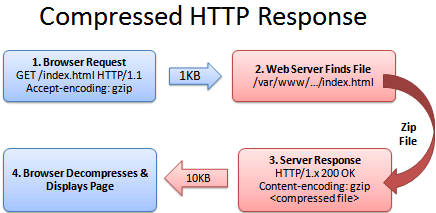Certificates and identification
When you visit a website whose web address starts with https, your communication with the site is encrypted to help ensure your privacy. Before starting the encrypted communication, the website will present Firefox with a "certificate" to identify itself.
The certificate helps Firefox determine whether the site you're visiting is actually the site that it claims to be. If there is a problem with the certificate, you will see the This Connection Is Untrusted alert page.
 ::
::
Seeing the alert does not necessarily mean that the website you're visiting is trying to trick you into believing it is a different website - it means that Firefox isn't able to verify the identity of the website, and that you should proceed carefully.
There are several problems that can cause Firefox to reject a certificate. Some of them are described in detail in the
Technical information section below.
Get out of there!
The safest thing to do is to click Get me out of here!, or to go to a different website. Unless you know and understand the technical reason why the website presented incorrect identification, and are willing to risk communicating over a connection that could be vulnerable to an eavesdropper, you should not proceed to the website.
If possible, you should contact the owners of the website and inform them of the error.
Click on Technical Details for more information on why the website's identity information is invalid. Some common errors are described below.
Certificate is only valid for (site name)
(site name) uses an invalid security certificate. The certificate is only valid for (site name). (Error code: ssl_error_bad_cert_domain)
This error is telling you that the identification sent to you by the site is actually for another site. While anything you send would be safe from eavesdroppers, the recipient may not be who you think it is.
A common situation is when the certificate is actually for a different part of the same site. For example, you may have visited
https://example.com, but the certificate is for https://
www.example.com. In this case, if you access https://
www.example.com directly, you should not receive the warning.
The certificate is not trusted because it is self-signed
(site name) uses an invalid security certificate. The certificate is not trusted because it is self-signed. (Error code: sec_error_untrusted_issuer)
Self-signed certificates make your data safe from eavesdroppers, but say nothing about who the recipient of the data is. This is common for intranet websites that aren't available publicly.
Certificate will not be valid until (date)
(site name) uses an invalid security certificate. The certificate will not be valid until (date). (Error code: sec_error_expired_issuer_certificate)
This error can occur if your computer clock has the wrong date. To fix the problem, set your system clock to the correct date and time.
The certificate expired on (date)
(site name) uses an invalid security certificate. The certificate expired on (date). (Error code: sec_error_expired_issuer_certificate)
This error occurs when a website's identity certification has expired.
This error can also occur if your computer clock has the wrong date. To fix the problem, set your system clock to the correct date and time.
Bypassing the warning
You should only bypass the warning if you're confident in both the identity of the website and the integrity of your connection - even if you trust the site, someone could be tampering with your connection. Legitimate public sites will not ask you to add connection rule exceptions - an invalid certificate can be an indication of a web page that will defraud you or steal your identity.
- On the warning page, click I Understand the Risks.
- Click Add Exception.... The Add Security Exception dialog will appear.
- Read the text describing the problems with this site.
- Click Confirm Security Exception if you want to trust the site.




 Point to Subdomains and create your subdoamain, provided your domain resides under /public_html/.
Point to Subdomains and create your subdoamain, provided your domain resides under /public_html/. Note: The facility depends on your hosting provider. So if you are unable to create a subdomain then contact your hosting provider.
Note: The facility depends on your hosting provider. So if you are unable to create a subdomain then contact your hosting provider.

 Upload all those folders in the folder /public_html/images/. Now you have to execute a simple SQL query on your database. You can do this from the phpMyAdmin in your domain control panel.
Upload all those folders in the folder /public_html/images/. Now you have to execute a simple SQL query on your database. You can do this from the phpMyAdmin in your domain control panel. Click on phpMyAdmin > select your database from the left side > click on the “SQL” tab.
Click on phpMyAdmin > select your database from the left side > click on the “SQL” tab. Now put the following query in the box
Now put the following query in the box Click on “GO”. This query will replace “http://www.yourdomain.com/wp-content/uploads/” with “http://images.yourdomain.com/” in all the image location url. To update the images links in the media library run the following sql command
Click on “GO”. This query will replace “http://www.yourdomain.com/wp-content/uploads/” with “http://images.yourdomain.com/” in all the image location url. To update the images links in the media library run the following sql command ::
::